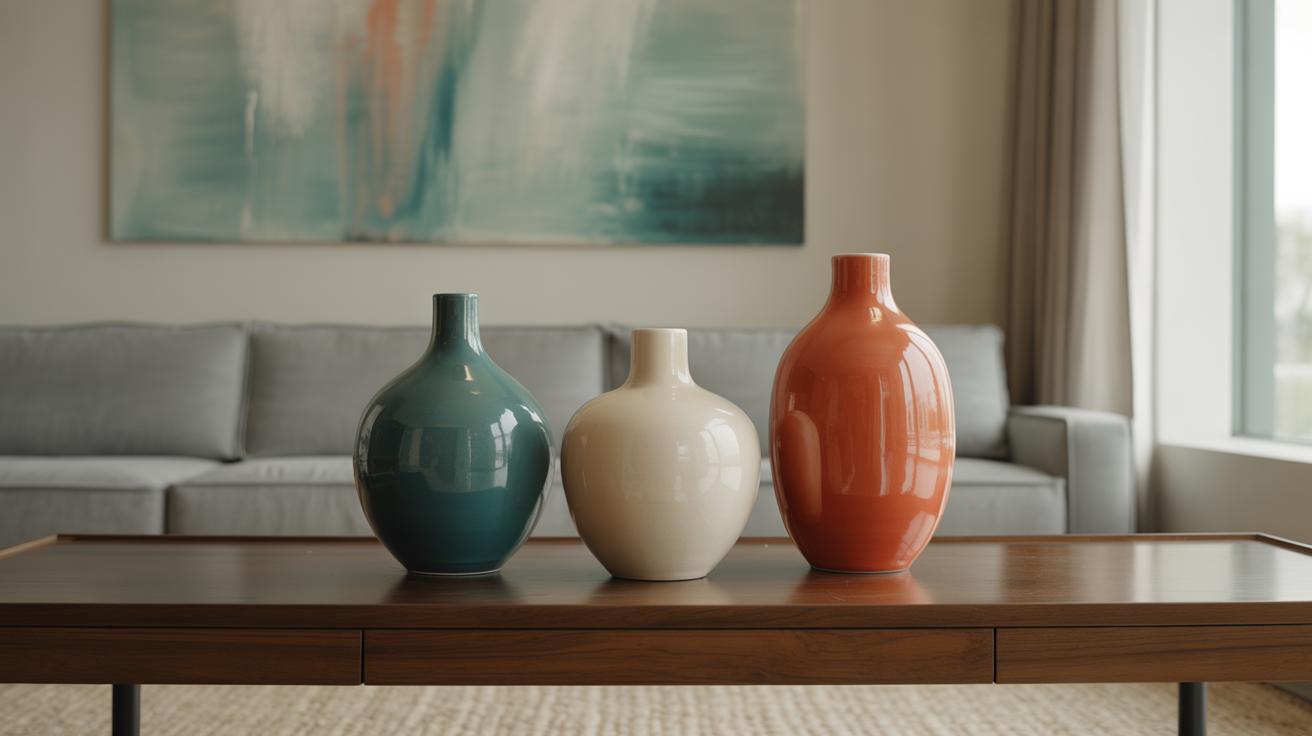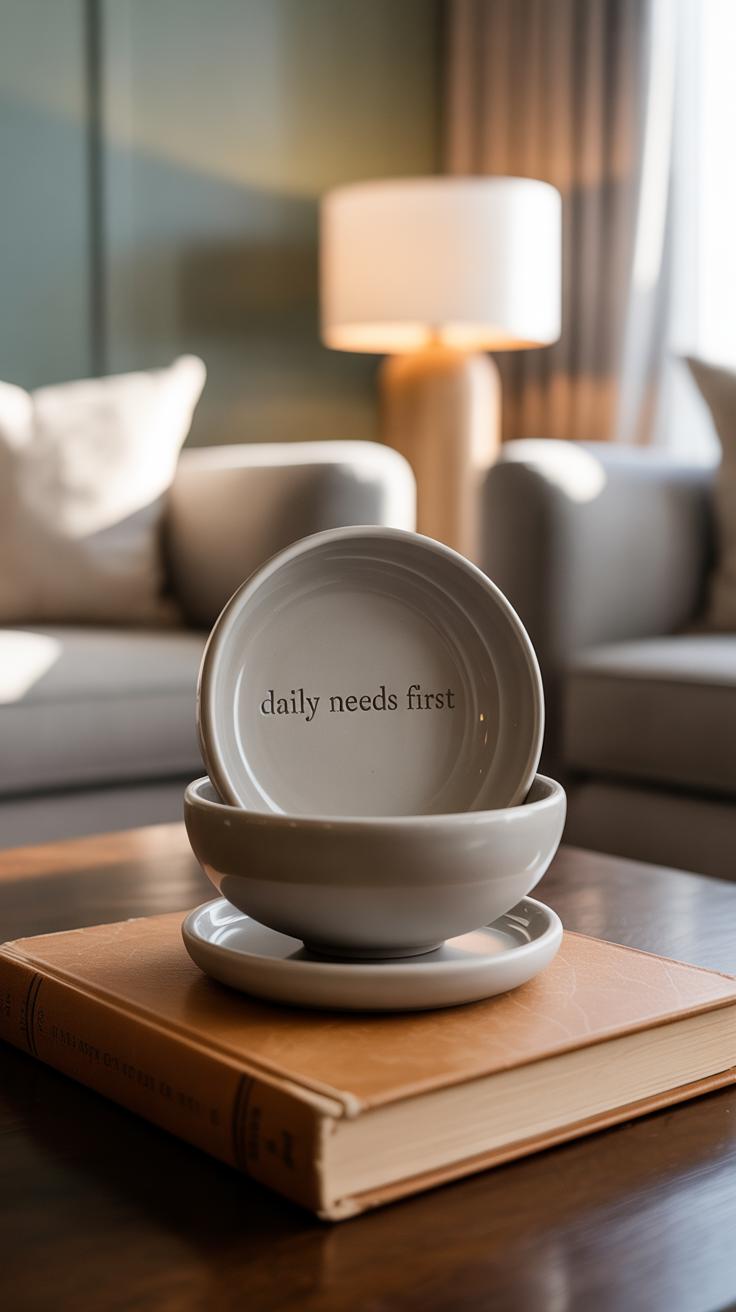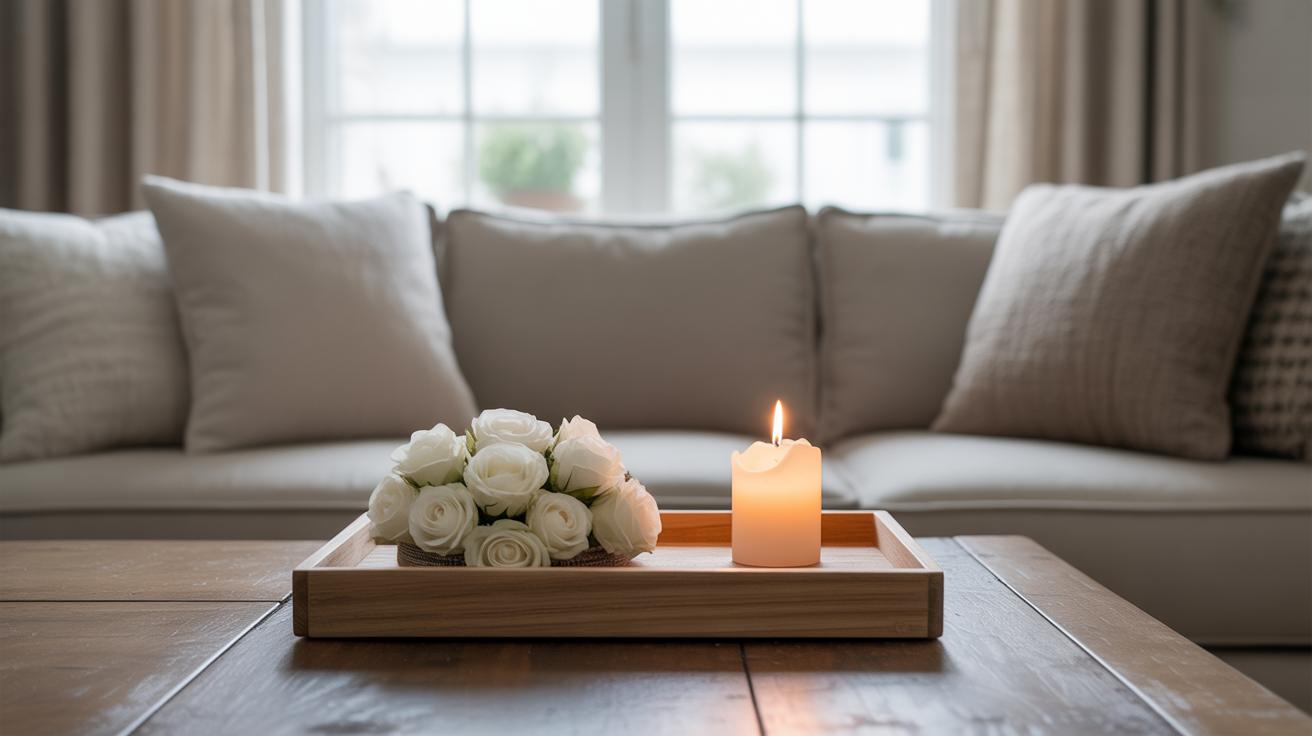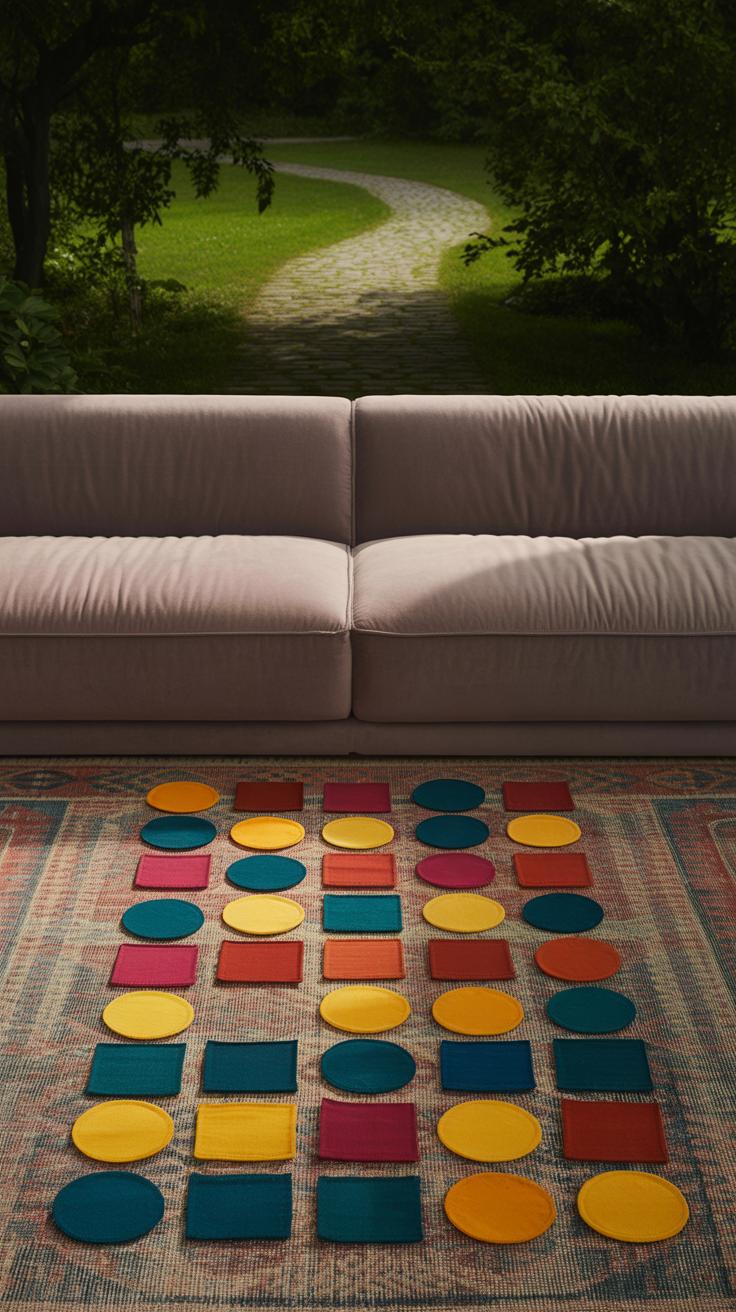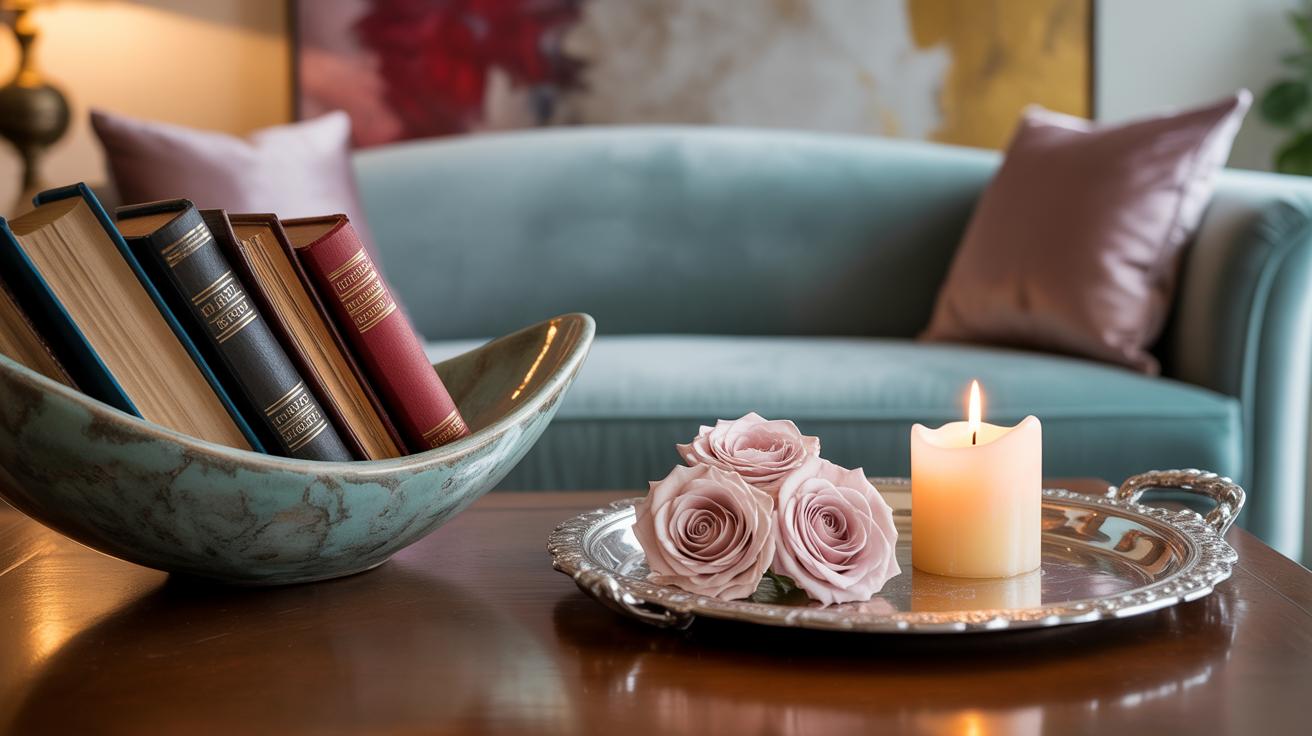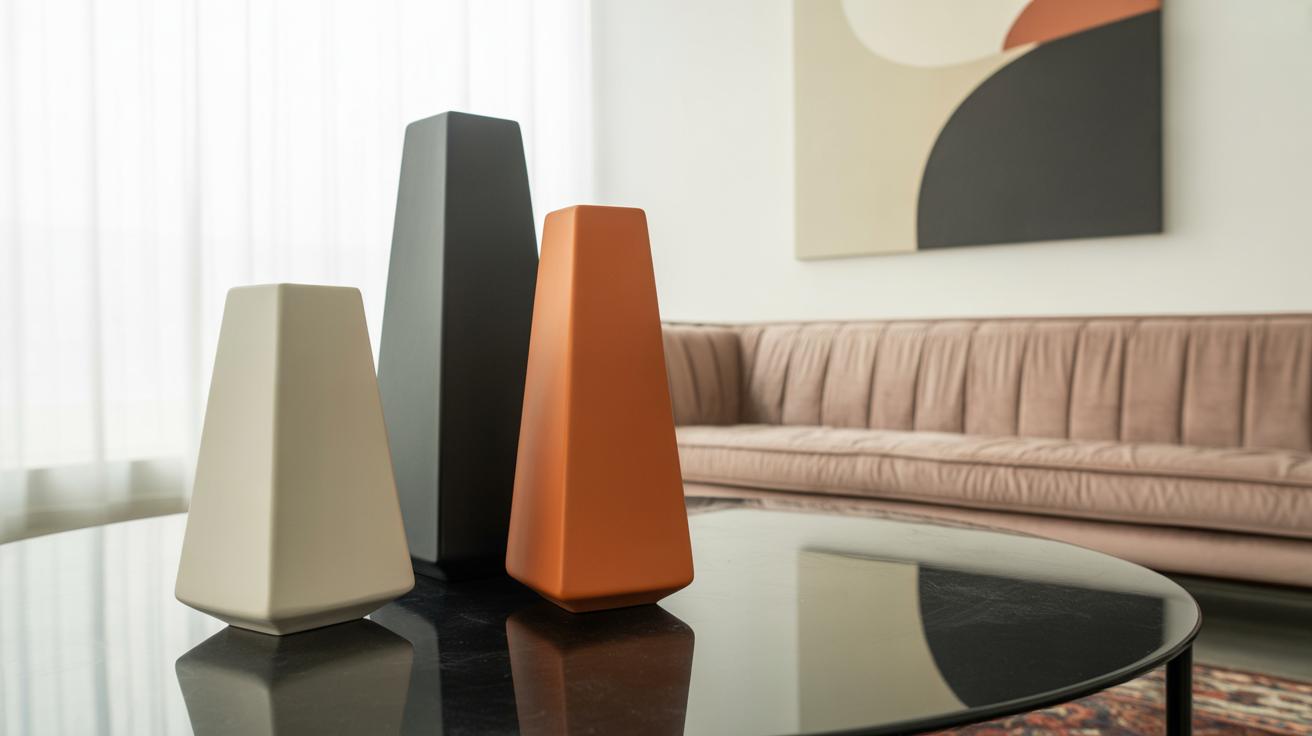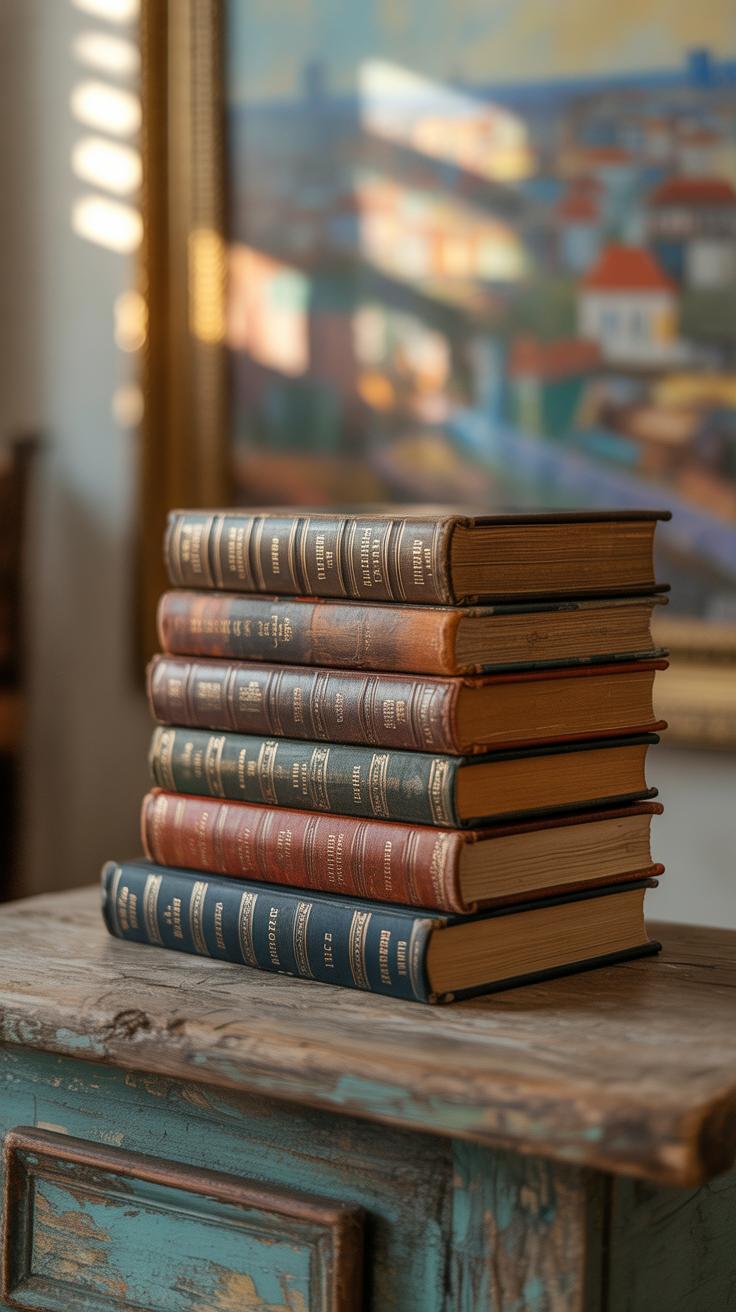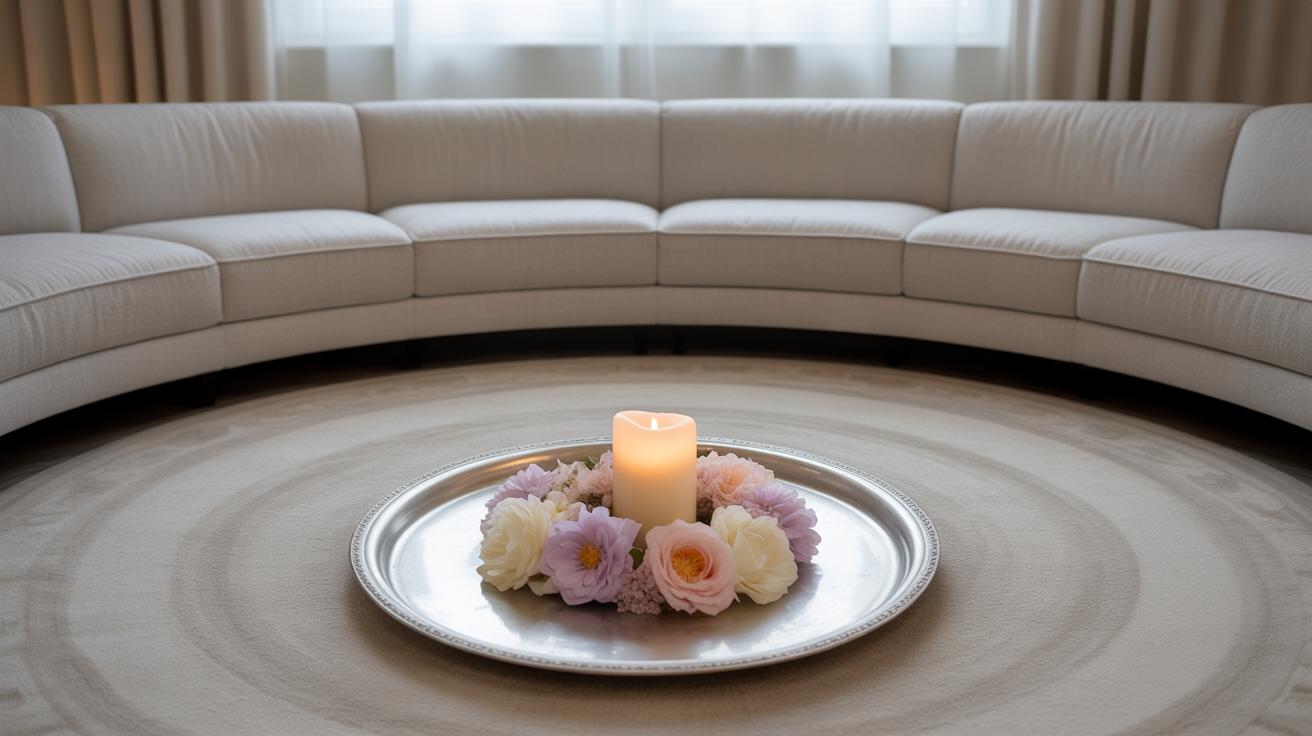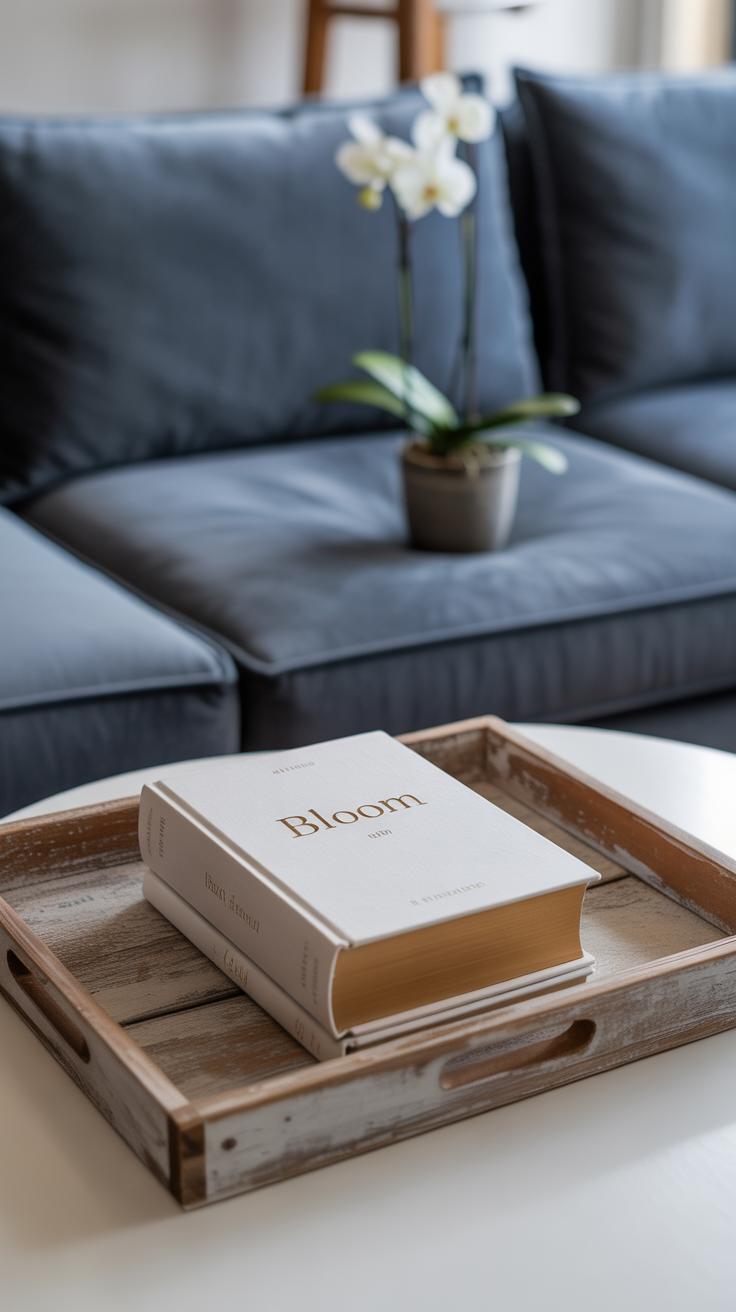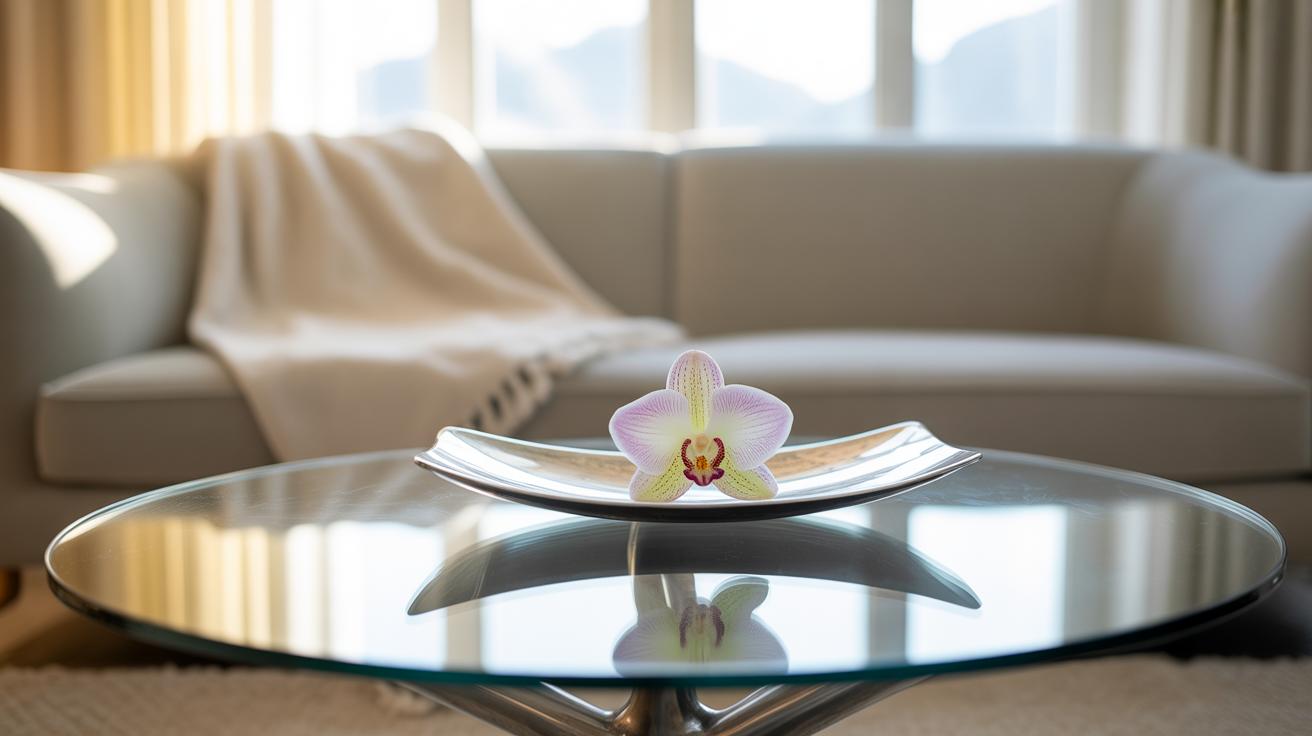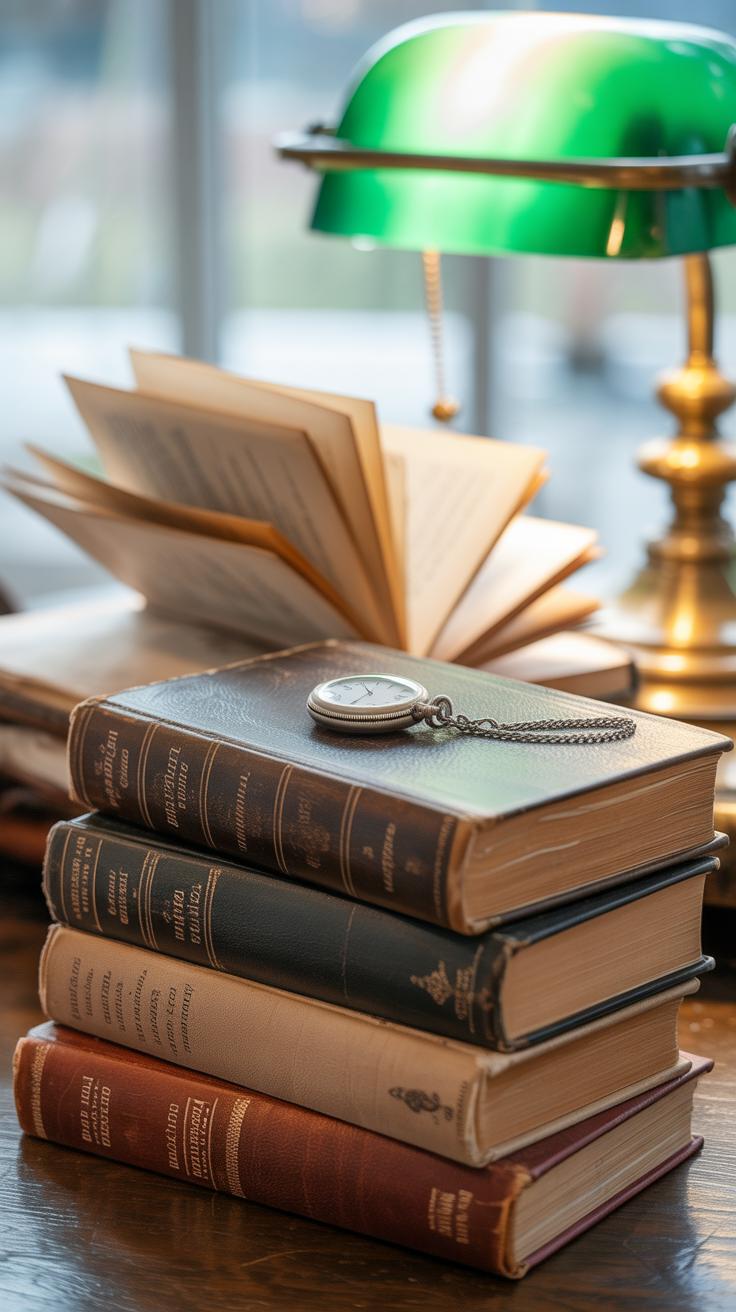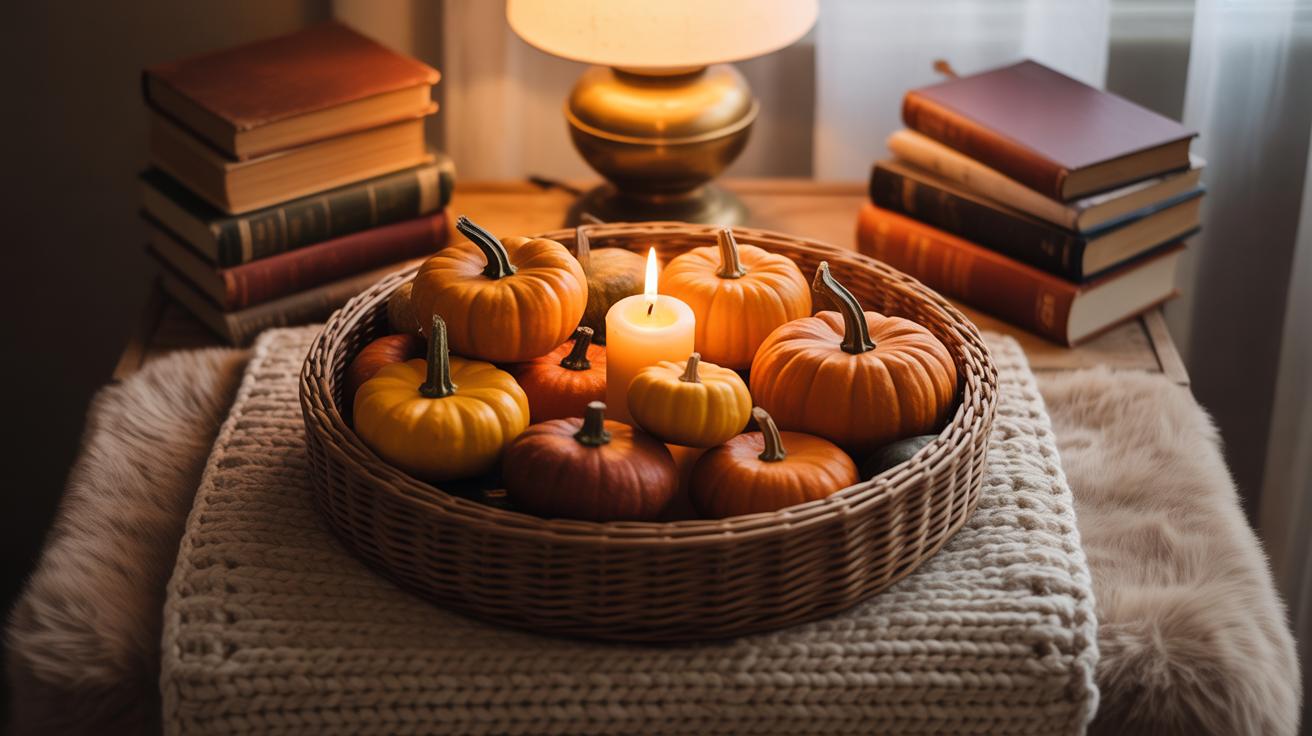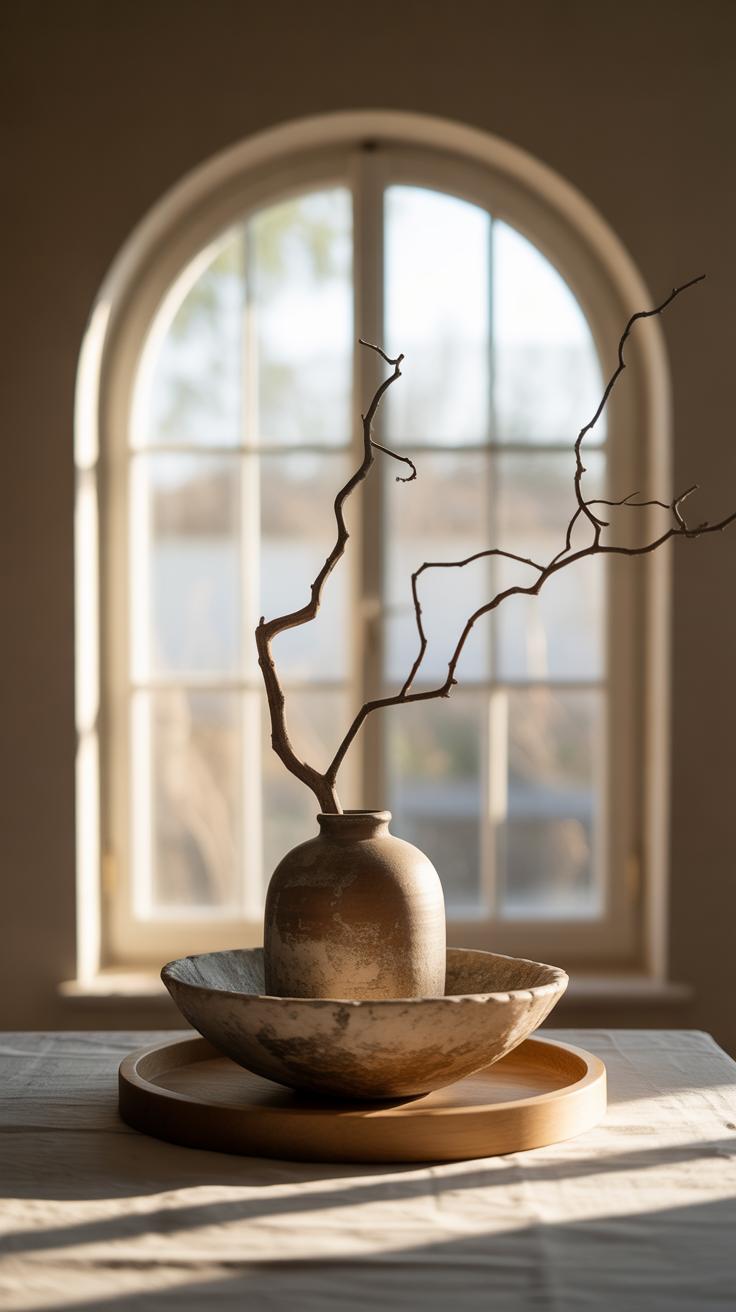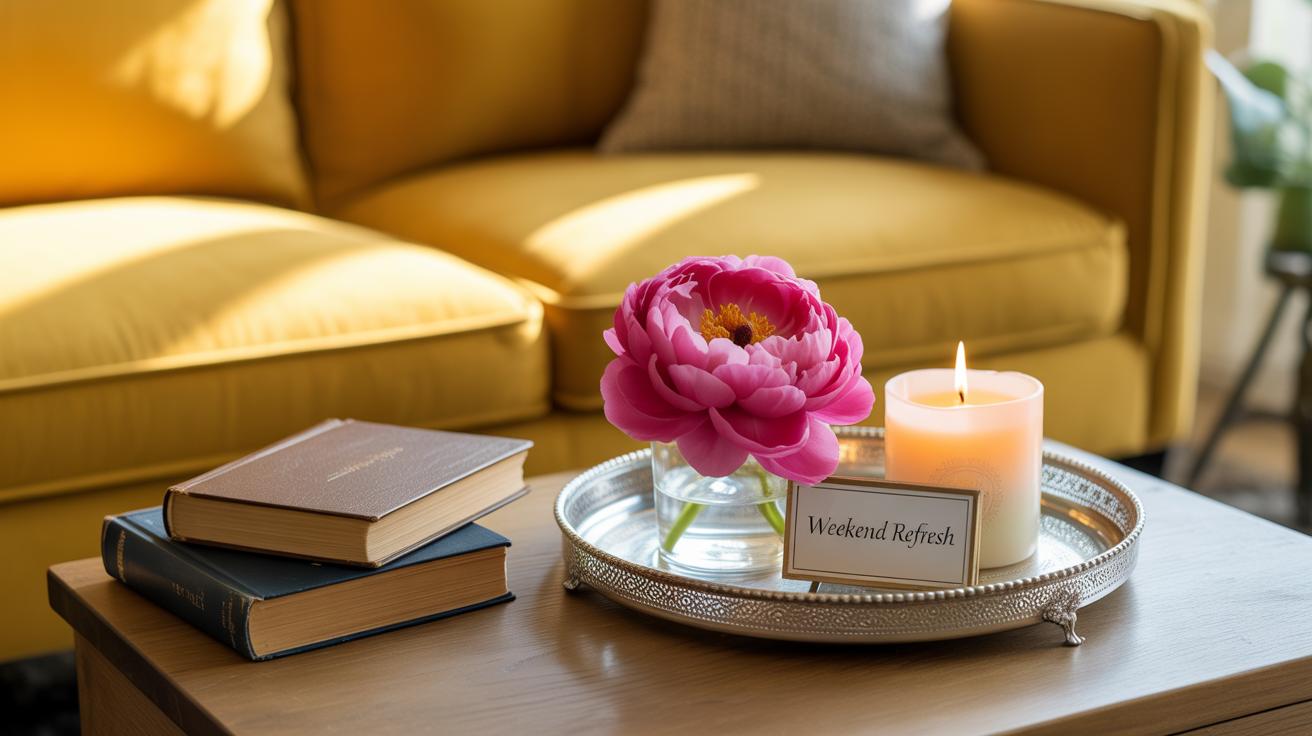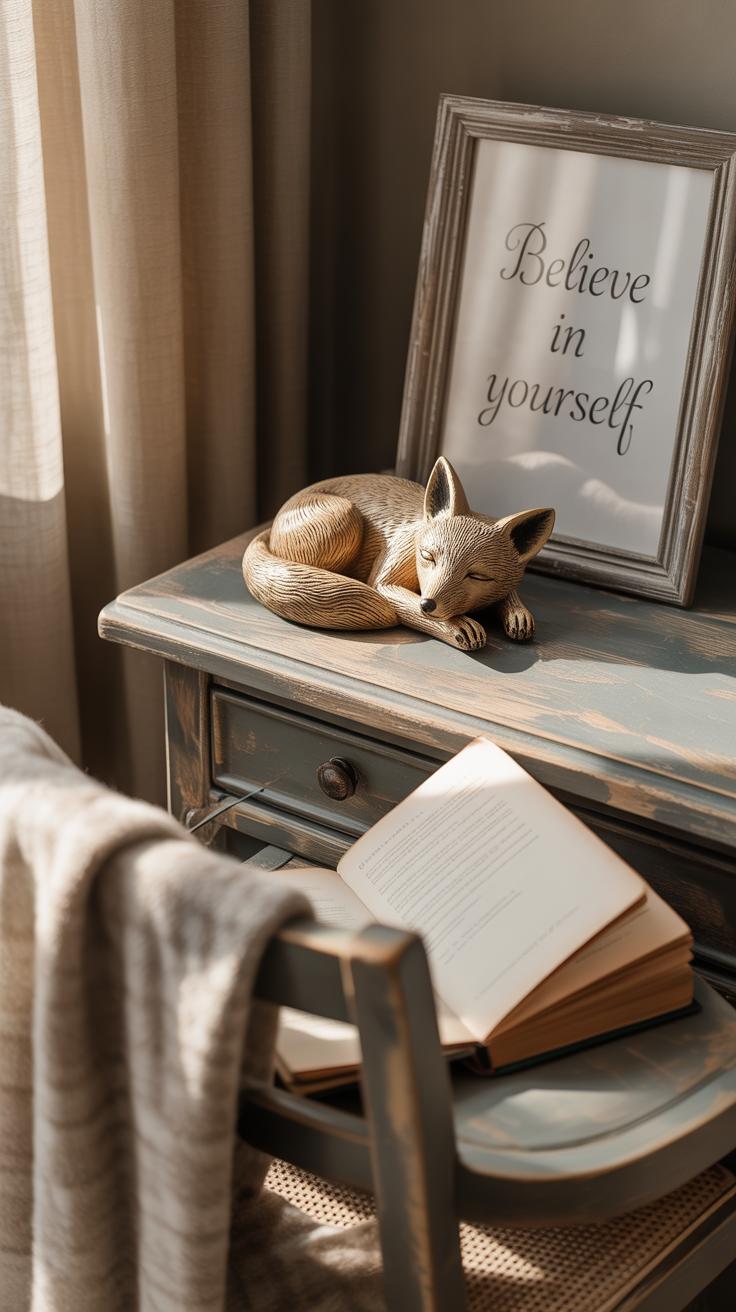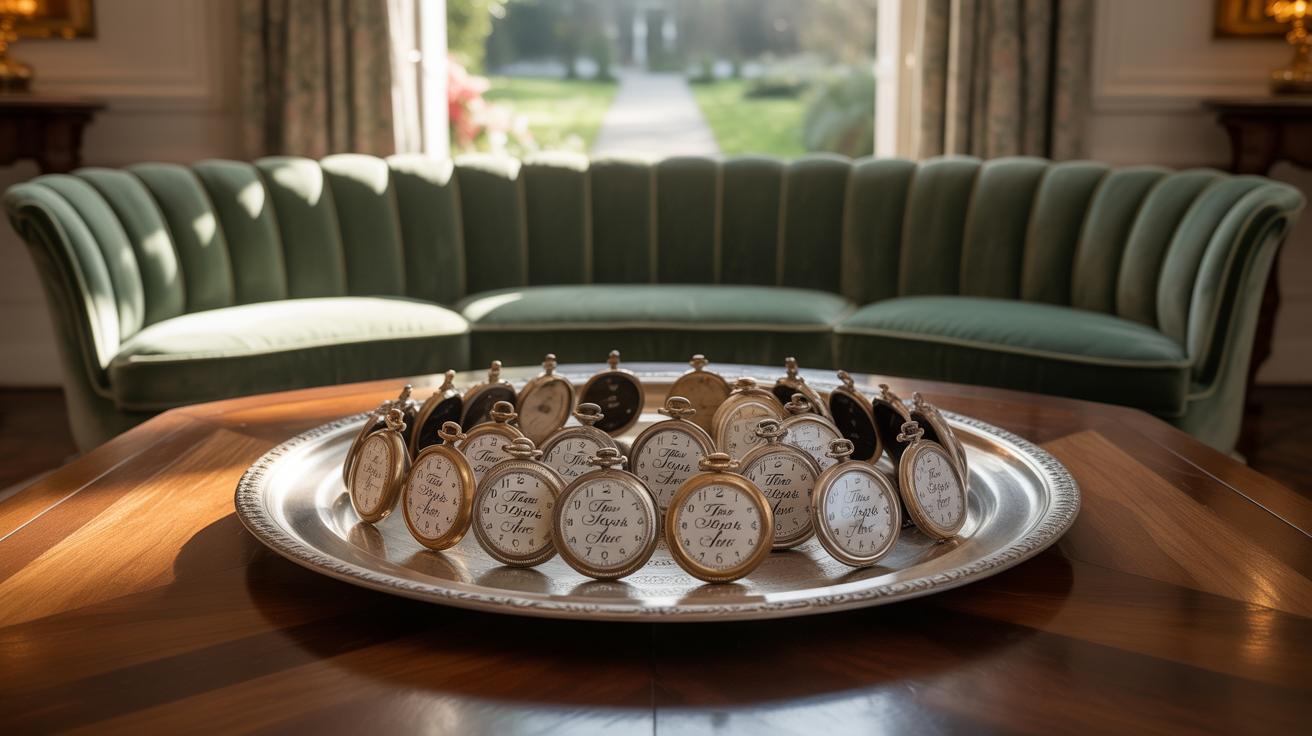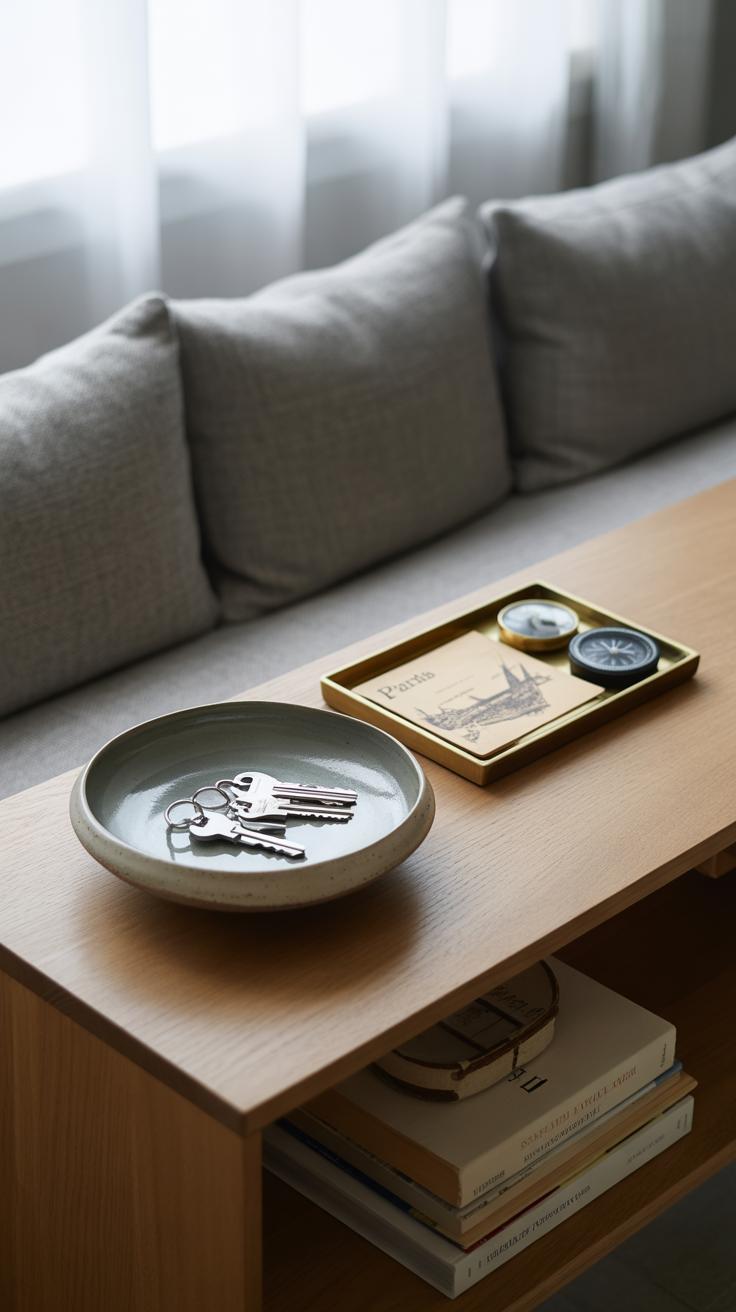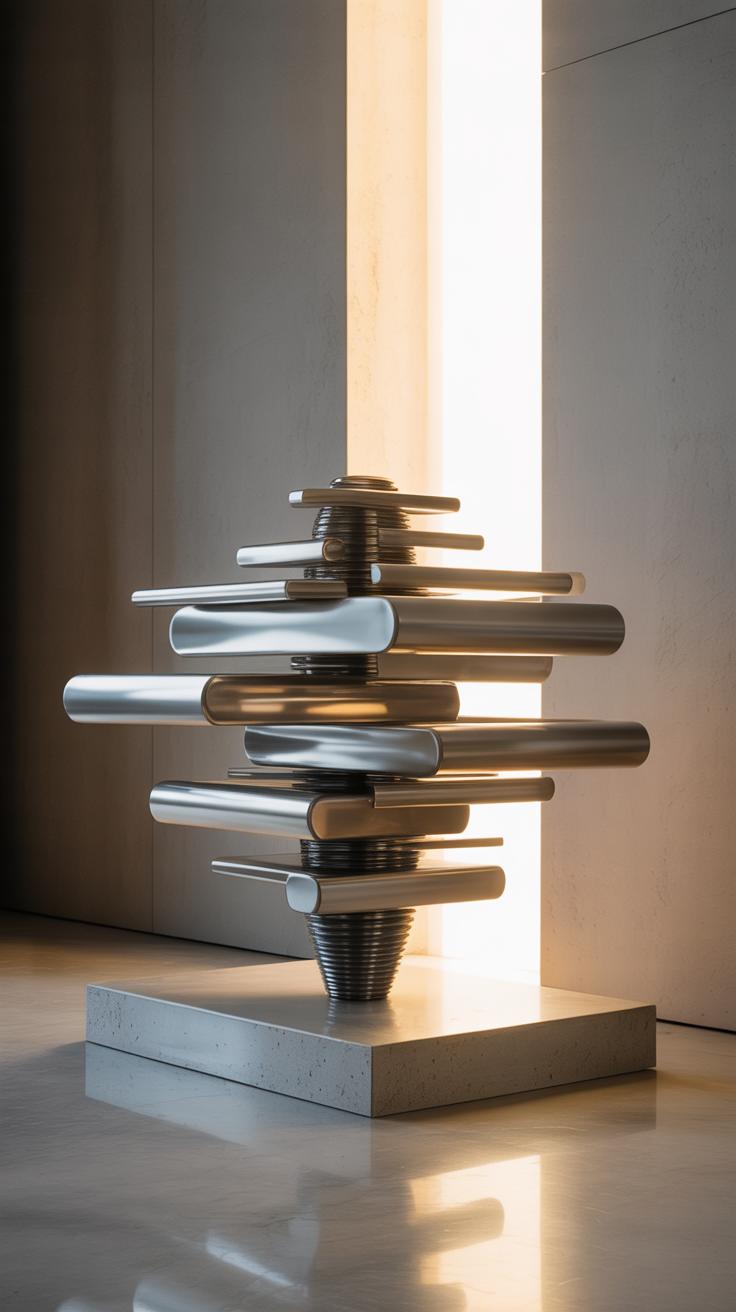Introduction
Your coffee table sits at the heart of your living room. It holds cups of coffee, books, and decorations that tell your story. Decorating coffee tables well helps your room feel complete and inviting. It ties your living space together and adds a touch of your personality to the room.
In this article, you will learn how to choose the best coffee table for your living room size and style. Then, you will find actionable tips to decorate that table. From selecting items to arranging them, each step helps you create a cozy and beautiful living room story around your coffee table.
Understanding The Function Of Your Coffee Table
Your coffee table is more than just a piece of furniture sitting in the middle of your living room. It often becomes the heart of the space, balancing practicality with personality. When you think about decorating it, knowing its role can help avoid random clutter and instead, create a cohesive look that feels intentional.
Practical Uses Of Coffee Tables
At its core, a coffee table serves several straightforward purposes. It’s a handy spot for drinks and snacks when you’re relaxing or hosting guests. The scattered remotes and magazines often live here, too. Some tables even provide storage—drawers or shelves underneath—where you can stash away miscellaneous items that might otherwise disrupt the room’s order.
Think about your own habits. Do you lean on the coffee table to hold your cup in the morning? Or maybe it catches clutter you haven’t gotten around to putting away yet. These habits shape how you might want to arrange or accessorize the table, aiming for both utility and tidiness.
Decorative Roles Of Coffee Tables
Beyond these practical roles, coffee tables often act as focal points. They draw the eye, anchoring the seating area and offering a surface for expression. This is where you put meaningful objects, like a favorite vase, books you’re currently reading, or an interesting tray filled with candles or small plants.
Decorating your coffee table gives you a chance to mix textures, colors, and styles that complement the rest of the room. But it’s tricky—too many items and the table loses its focus; too few, and the space may feel bare or cold. How much personal stuff to display often depends on how much time you want to spend maintaining the look.
In short, your coffee table should serve your needs while reflecting your style. Are you aiming for calm order or a space that invites casual use? Knowing this helps you make better choices as you decorate.
Choosing The Right Size And Shape For Your Living Room
Measuring Your Living Room
Before picking a coffee table, take a step back and really measure your space. Don’t just eyeball it—grab a tape measure. Start by noting the length and width of the area between the sofa and any chairs. The coffee table should sit comfortably without making you squeeze past it.
Try to keep at least 14 to 18 inches of clearance between the coffee table and seating. This distance balances accessibility and flow. Too close, and the room feels cramped. Too far, and the table loses its purpose.
Also, consider the height. It’s usually best if the table is about the same height as the seat cushions or slightly lower. This way, it feels natural to reach for a drink or place a book without awkward stretching.
Matching Shape To Room Layout
Shapes matter more than you might think. A rectangular table suits longer, narrow rooms well, fitting parallel to a sofa. But watch out—it can sharpen angles and make tight spaces feel boxed in.
Round tables soften corners and encourage conversation. They work nicely in smaller or oddly shaped rooms but might limit space for drinks or snacks since the surface is often smaller.
Square tables offer symmetry but can feel bulky in tight layouts unless paired with equally sized or smaller seating. Oval tables combine the benefits of rectangles and rounds; their curved edges ease movement while offering a longer surface.
Ultimately, your room’s shape and how you use the space guide the best choice. Sometimes, a shape that seems less practical ends up winning because it fits the vibe or traffic flow better. Don’t be afraid to experiment—or live with a little imbalance for style’s sake.
Matching Coffee Table Style To Your Living Room Theme
Identifying Your Living Room Style
Before picking a coffee table, you have to get a sense of your living room’s style. It’s tempting to just grab something that looks nice, but the key is to think about the bigger picture. Is your space leaning towards modern minimalism with clean lines and neutral colors? Or maybe it has a traditional feel, with plush sofas and detailed woodwork? Perhaps the room carries a rustic vibe, full of natural textures and cozy warmth. Sometimes, you might find a mix – like mid-century chairs with a farmhouse rug – and that’s fine, but knowing which style dominates helps a lot when choosing the right table.
Try to name your style in a few words. This practice helps more than you might expect. For example, calling your style “Scandinavian-inspired but warm” pushes you toward lighter woods and simple forms rather than something too ornate.
Selecting Styles That Complement Your Space
Once you’ve got a style in mind, think about how the coffee table fits in without stealing the show or feeling out of place. For a modern room, glass or metal tables with sleek shapes often work well. They don’t feel bulky and complement minimalist furniture nicely. Traditional rooms usually call for richer woods and perhaps carved details, something that echoes the other wood tones or upholstery in the space.
Rustic spaces? Rough-hewn wood or metal with a patina might feel right. But it’s not always black and white. I once saw a rustic living room where a smooth, lacquered coffee table surprisingly brought a fresh contrast and didn’t feel wrong because the room had some modern accents too.
Think about material, too. Leather, glass, metal, or wood – each brings its own texture and weight. Matching means paying attention to those details, but sometimes a little contrast can spark interest. Just avoid clashing styles that make your room look disjointed.
Have you thought about scale and proportion in style terms? A massive, ornate table in a minimalist room tends to feel out of place, right? So stay mindful of how the table’s design relates to the room’s overall mood. That should guide your choices more than just what’s trendy or what you like superficially.
Basic Coffee Table Decorating Principles
Decorating a coffee table isn’t just about filling space. It’s about finding the right rhythm between objects, size, and texture so your living room feels put together without looking forced. When you think about scale, keep in mind the table’s size relative to the room. A massive vase on a tiny table might overwhelm the space. On the flip side, too many small items can look cluttered and lost.
Balance plays a key role, and no, you don’t need perfect symmetry. Try mixing tall items, like a candle or a small plant, with flatter ones—maybe a tray or stack of coasters. You could place a round bowl next to a rectangular book for shape contrast. The aim isn’t even distribution but rather a dynamic composition that draws the eye in.
Layering adds depth. A simple way is to place a decorative object on top of a stack of books, or overlapping a small fabric piece with a metallic tray. This gives the table a bit more dimension. Just avoid piling too many thin layers; otherwise, the table starts to feel unstable or overly crowded.
Think about pieces that invite touch or interaction and those that purely decorate. When you mix them thoughtfully, you create a setting that’s both functional and stylish. Ever noticed how certain setups just seem to invite you to sit down and relax? That’s the goal here—balance without perfection, and layers that make sense but leave room to breathe.
Decorating Coffee Tables With Books And Magazines
Choosing Books That Reflect Your Personality
Picking books for your coffee table isn’t just about filling space—it’s a quiet way to share something about yourself. Think about topics you genuinely enjoy, whether it’s travel, art, or history. The content matters, but so do the covers. A striking cover can catch the eye and add a splash of color or texture to your table. Sometimes I find myself drawn more to a book’s look than its subject—does that ever happen to you?
Consider mixing different types of books: a thick photo book next to a slim novel or a design magazine with bold typography. This variety can hint at the layers of your interests while keeping the display fresh. Just don’t pick things you don’t care about—after all, these will sit right in your living room, visible to you and your guests.
Arranging Books For Style And Use
How you arrange those books is just as key as what you select. You can stack them flat to create a platform for other items, or stand a few upright to break the usual monotony. I often like layering a large book beneath a smaller one to create height differences—that way, the eye moves around the table rather than fixating in one spot.
Try combining open magazines with neat stacks. Open a magazine to a beautiful photo or article you want to reference—this keeps things feeling more lived in, less staged. But if you need your coffee table for everyday use, you might want the stacks to be within easy reach, enabling flipping through without shifting your whole setup.
There’s also something satisfying about organizing books by color or size, though this can feel restrictive. Sometimes a bit of chaos—like mixing vertical and horizontal stacks or layering in a magazine—is exactly what makes the display work.
Adding Natural Elements To Your Coffee Table
Bringing natural elements to your coffee table can add a quiet sense of freshness and warmth that few other decorations offer. It’s not just about throwing a plant down and calling it a day. The right touches can soften a room’s look and add a soothing presence.
Picking The Right Plants Or Flowers
Choosing plants for your coffee table isn’t always straightforward. You want something small enough not to crowd the space but visible enough to make a statement. Succulents and cacti tend to work well—they take little care and don’t grow uncontrollably. I’ve also found small ferns or air plants add a nice textural contrast and don’t demand much attention.
Flowers can be seasonal and bring in color, but avoid tall stems that block views or interrupt conversation. Think short bouquets or a single bloom in a small vase. And don’t forget maintenance—if you’re not great at watering, go for artificial but realistic-looking options; they can still offer warmth without the hassle.
Using Natural Objects For Texture
Natural objects go beyond greenery. Stones, shells, or even small wood pieces can bring texture and an organic feel that breaks up hard surfaces. Try grouping a few small smooth stones on a tray or placing a piece of driftwood alongside a planter. It’s about balance, so don’t overload one side—sometimes just one or two well-chosen pieces create interest.
Arranging these thoughtfully matters. Mix textures—maybe a rough wood block with the sleekness of polished stones. It feels less forced and more like a little discovery whenever you glance at the table. I think these elements help a living room feel lived-in without being cluttered.
Incorporating Personal Items And Artifacts
Your coffee table can say a lot about you through the things you choose to display. Personal items add depth and character that generic decor just can’t match. It’s about telling your story, bit by bit, with objects that hold meaning.
When selecting these items, think about souvenirs from trips that remind you of special moments, or photos that bring a smile when you glance at them. Maybe you have a small sculpture gifted by a friend, or a vintage piece that’s been in your family for years. These items don’t have to be grand or flashy. Sometimes, the simplest objects speak loudest.
Once you’ve gathered your meaningful pieces, the key lies in how you mix them with other elements on the table. For example, pairing a small framed photo with a stack of carefully chosen books, or nestling a memento inside a bowl alongside a candle. The goal is a look that feels intentional, not cluttered.
Try grouping items in odd numbers or varying heights to create subtle interest. Trust your eye but be willing to adjust. The balance between personal and decorative can shift over time—and that’s okay, your coffee table should evolve with you.
Using Trays And Bowls To Organize And Style
Trays and bowls do more than corral clutter on your coffee table—they shape how your space feels and functions. When you place them thoughtfully, they create zones that guide the eye and make the surface feel intentional, not just tossed-together. A tray can hold remotes, candles, and books, while a bowl might gather keys or small collectibles. Without these containers, those items might float around randomly, making everything look chaotic—even if it’s not.
Choosing the right tray or bowl means balancing function with style. A metal tray with a simple matte finish can suit a modern space, while a polished wood bowl might fit better with cozy, rustic rooms. Colors matter too—neutral trays allow your personal items to stand out, but a bold-colored bowl could inject a bit of personality. Shapes also play a role; rectangular trays can anchor books and candles neatly, while round bowls soften the look and invite you to casually drop in things like change or jewelry.
Inside these containers, grouping is key. For example, put a small candle, your coasters, and a neat stack of napkins inside a tray rather than scattered separately. That way, everything feels connected and easy to reach. Bowls work well for items you want out of the way but at hand—think of it as a mini landscape for daily essentials. Odd numbers often work better visually, so try three or five items per container. You might find yourself tweaking these arrangements now and then; that’s okay. It’s part of making your coffee table reflect daily life, not just a showroom.
Maintaining And Refreshing Your Coffee Table Design
Keeping your coffee table looking fresh isn’t just about occasional dusting; it’s a bit more intentional if you want the space to feel inviting day after day. Small habits go a long way. For example, wiping down surfaces daily with a soft cloth can prevent dust buildup without much effort. Once a week, taking a moment to clean any decorative items or trays—maybe a gentle brush or quick rinse if they’re dusty—can really keep things inviting.
Sometimes, though, tidying alone doesn’t cut it. Swapping out decor pieces to match the season can give your table a mini makeover without starting from scratch. Think lighter, brighter accessories in spring and summer, while fall and winter might call for textures—like a rustic wooden bowl or a velvet-lined tray. Changing just one or two items slowly shifts the vibe, so you’re not overwhelmed with an entire redo.
If you’re undecided about how often to update, try observing how you feel around your table. Does it feel stale? Then maybe it’s time for a new candle scent or a fresh stack of books. And don’t worry if your style shifts unexpectedly—it’s part of the process. Keeping your coffee table tidy and shifting its look in small, manageable steps can breathe new life into your living room without drama or expense.
Conclusions
Decorating your coffee table is more than just putting things on it. When you select the right table and decorate it thoughtfully, you boost the look and feel of your entire room. Your coffee table becomes a centerpiece that invites conversation and comfort. You can tell your living room story through it.
Use the ideas and steps shared here to make your coffee table a stylish and useful part of your living room. Whether you like simple or layered looks, practical or playful items, your coffee table can always reflect your unique style and bring your living space together.

